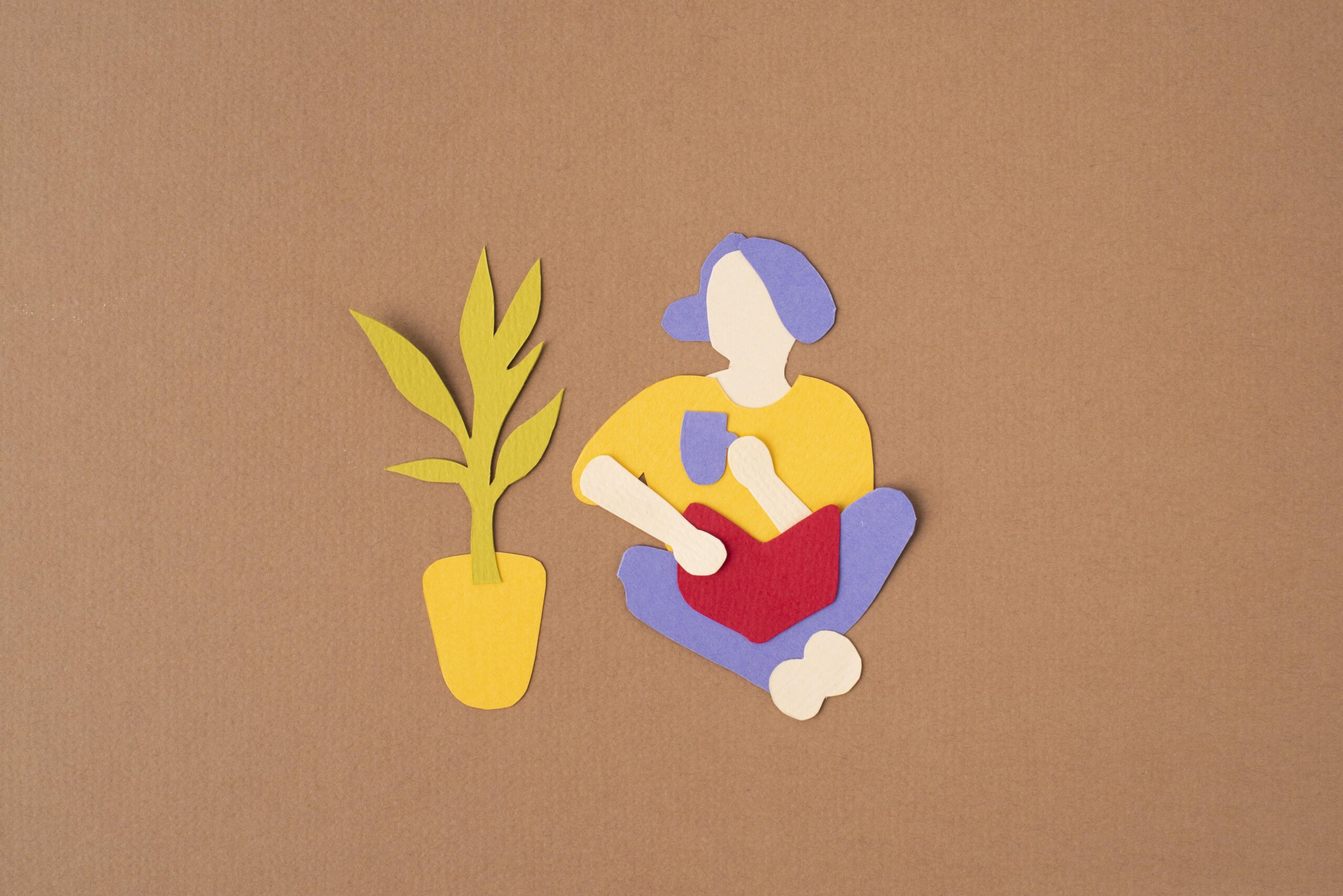This article was originally featured in the February 2024 issue of Connect.
Nomfundo Zondi (Hokkaido)
It’s a new year and many of us are starting with goals and/or New Year’s resolutions. A few of you may be planning to shed some weight this year, others may want to pursue more of their passions, or you may have a specific goal you are working towards. We make these goals all with the intention to have a better year than we did last year. Around the world people make these goals or ‘New Year’s resolutions’ but why do we make New Year’s resolutions?
New Year’s resolutions can be traced back to Ancient Mesopotamia, where individuals would promise the gods that they would practise good deeds to please them, to achieve a set goal, or to improve themselves. It is believed that the first people to make New Year’s resolutions were the ancient Babylonians, 4000 years ago. (1) They would crown a new king and pledge their allegiance to him, as well as make promises to their gods that they would pay off their debts and return anything they borrowed. Doing this would ensure they would have favour with the gods and receive blessings for fulfilling their resolutions. Similar practices are seen throughout history. However, in recent history, New Year’s resolutions have become a way for us to better ourselves. But why do we want to better ourselves? What will losing weight, making more money, or travelling more possibly help us achieve? The answer is happiness.
Since the beginning of time, mankind has been in the ‘pursuit of happiness’, so to speak. We do things because we want to make our lives better, hence creating happiness. Unfortunately, studies have found that seeking happiness results in the opposite happening. A study done at The University of Denver found that those who were actively seeking out happiness were more likely to report having depression, lower psychological well-being, and had an overall feeling of dissatisfaction with life. (2) In contrast, this study found that those who were actually happy engaged in activities that made them happy. (2) Dr. Tal Ben-Shahar is a teacher and writer who lectured at Harvard University in the areas of Positive Psychology. He is well-known for the SPIRE model of happiness. A spire is the pinnacle of a building, often the highest point of the building. In his model Ben-Shahar suggests that the components that make up SPIRE may result in one’s most elevated or happy wholebeing. (3) The acronym SPIRE includes; spiritual, physical, intellectual, relational and emotional aspects that contribute to the overall well-being of an individual. (3) It is through doing small actions towards each of these aspects that one can achieve well-being. When we are in a state of well-being, then we can achieve overall sustainable happiness.
You may ask yourself what are some ways you can apply the SPIRE model into your own life. Let’s look at each aspect, shall we?
Spiritual
You do not have to be a deeply religious person to apply this aspect in your life. This speaks more to leading a meaningful life, being present in the moment, and truly savouring your experiences. For some of us, this may look like deep meditation whereas for others, it could be taking time to really enjoy your morning cup of coffee or a walk in nature. Taking regular deep breaths, where you take notice of your breath, has also been found to aid in one’s feeling of awareness into the present moment. Here are some activities you can do to foster more spiritual well-being:
- Take deep breaths, taking note of the air coming in and out.
- Give attention to sensation, thoughts, and emotions.
- Identify what is meaningful to you.
- Remind yourself of your deeply held values.
Physical
The physical aspect of well-being involves caring for your body, as well as being aware of your mind/body connection. If one of your New Year’s resolutions is to lose weight, perhaps you can use this area of well-being to help you reach that goal. When trying to lose weight, often, we lose motivation because it is more about the number on the scale instead of taking care of your body. Try to do activities you enjoy that will enhance physical well-being and simultaneously help you reach your goals. To improve your physical well-being you could:
- Go for a walk.
- Work in your garden.
- Prepare yourself a healthy meal.
- Take a nap.
Intellectual
The intellectual aspect of well-being is being open to experiences and engaging in deep learning. Stimulating your mind adds to our wellness in ways we may not be aware of. Lifelong learning has been found to benefit brain cells, keeping them healthier by improving cognitive function. It can help us form new connections with others, as we may join groups to learn different subjects, and contributes to feeling more fulfilled in life. (4) Here are some ways you can positively contribute to your intellectual well-being:
- Explore your interests.
- Learn a new hobby or skill.
- Discuss common interests with others.
- Reread a text and ponder about it.
Relational
To take care of the relational facet of your wellness, it is important that you nurture a constructive relationship with yourself and with others. In the October issue of [CONNECT] we touched on the importance of human connection with others as well as the benefits. Close relationships aid well-being by giving us a sense of comfort and inner strength during difficult times. (5) Here are some ways to improve your relational well-being:
- Hug a loved one.
- Say positive affirmations to yourself.
- Tell a loved one why you appreciate them.
- Share how your teacher/mentors have impacted your life.
Emotional
To finish off SPIRE we have emotional well-being, which includes feeling all your emotions.Yes, even the difficult ones! Here, we are urged to reach towards resilience and positivity. In the busyness of doing life, we sometimes don’t allow ourselves time to feel or process our emotions. Doing this can allow us to reach greater levels of self-knowledge and satisfaction. To help you maybe you can give these a try:
- Think of a time you overcame a difficulty.
- Validate your feelings.
- Self-inquiry–when you feel emotions that may be difficult ask yourself why you are feeling the way you are.
- Share a laugh with someone else.
The SPIRE model for happiness allows us to take more bite-sized actions for our long term well-being and happiness. The start of a new year can be daunting, and sometimes we set ourselves up for failure by abandoning well-being in the quest to reach our goals. Perhaps this year, you could use the SPIRE model to help you set your New Year’s resolutions. In this way, you can feel greater levels of happiness and satisfaction on the way to your dreams, whatever they may be.
Sources:
- The History of New Year’s Resolutions
- The University of Denver
- The Wholebeing Institute
- The Benefits of Lifelong learning
- The Impact of Social Support
Nomfundo is a second-year ALT from South Africa based in Hokkaido. She studied Dietetics and Human Nutrition in university. Her approach to health and wellness is multifaceted as she believes it comprises more than the food we eat. She enjoys writing poetry, going to art galleries, going to live concerts, and being in nature. In her spare time, she produces a podcast “The Sun in Japan” to help uplift others through storytelling. Connecting with people is her passion and learning more about the world and what brings us together as a human race.




